Editorials
Extreme Tourism: Best Places for Tourists Who Prefer the Gloomy & Macabre
What is Extreme Tourism or Dark Tourism? Why is it becoming increasingly popular? What are the most popular places to visit and why do thrill-seekers want to feel sensations of death, fear & despair? Most importantly, has Extreme Tourism resulted in any casualties or tragedies? To find out, keep on reading!
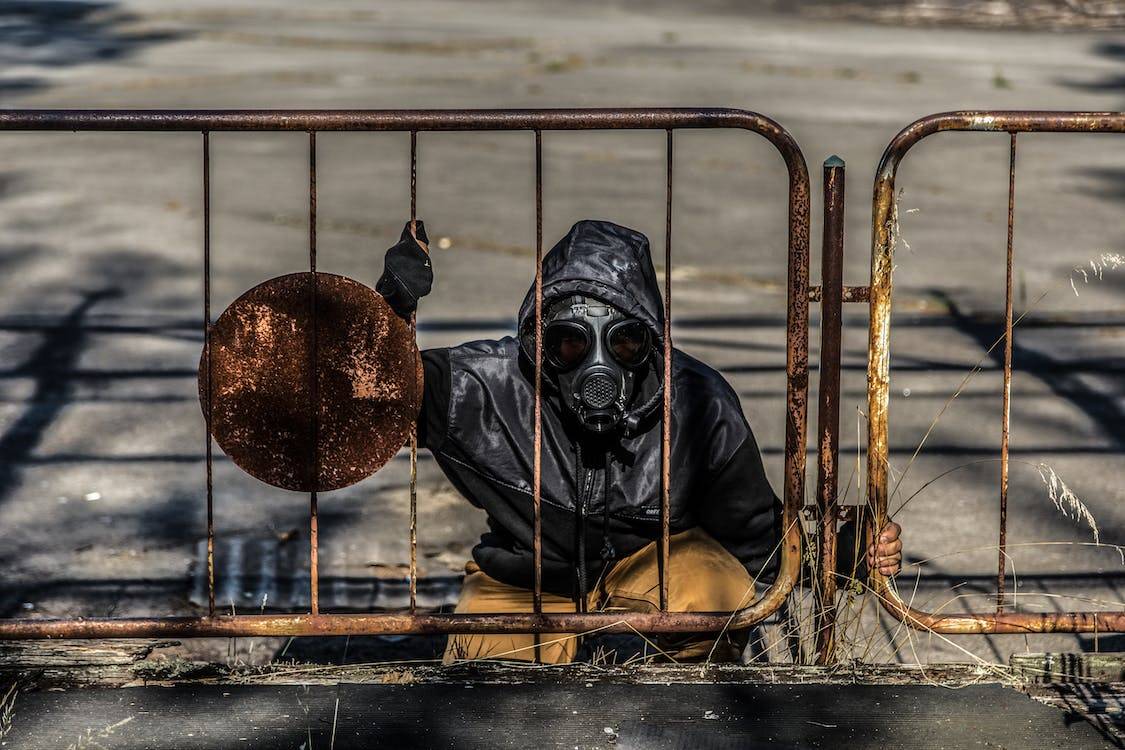
Extreme Tourism, also known as Dark Tourism or Shock Tourism, is a new form of tourism characterized by the involvement of travelers in threatening activities, participation in minacious events, or simply visiting a place that has seen death, destruction, pain, and suffering in any way possible. In this article, we will shed light on the reason behind the popularity of this phenomenon and will dig deep to find out if these risky activities have ever resulted in the loss of human lives. But first let’s start out by identifying some of the most dangerous destinations on earth, where this kind of tourism takes place.
Before proceeding, I want to make sure that you understand that this article will focus only on exceptionally dangerous experiences. Doing bungee jumping or visiting a tall skyscraper, are not included in this list.
Really Dangerous Places/Activities
People Getting Crucified Every Easter in San Fernando – Philippines

People Getting Crucified Every Easter in San Fernando Philippines
In San Fernando in The Philippines every year a devout catholic shows his faith by reenacting the crucifixion of Jesus Christ. The gruesome part of this is that is all real! The devout catholic gets crucified with real nails hammered into his hands and feet and also performs self-flagellation. This macabre display of violence in the name of religion attracts thousands of people every year. Since the 1980s, Ruben Enaje, 58, has portrayed Jesus Christ’s crucifixion and death on Good Friday in front of crowds of locals and tourists in a village north of Manila. Through pain and suffering, believers of this cruel practice sustain that is the best way to feel close to their spirituality and that it’s a small price to pay to remember the suffering Jesus went through for humanity.
Traveling to North Korea
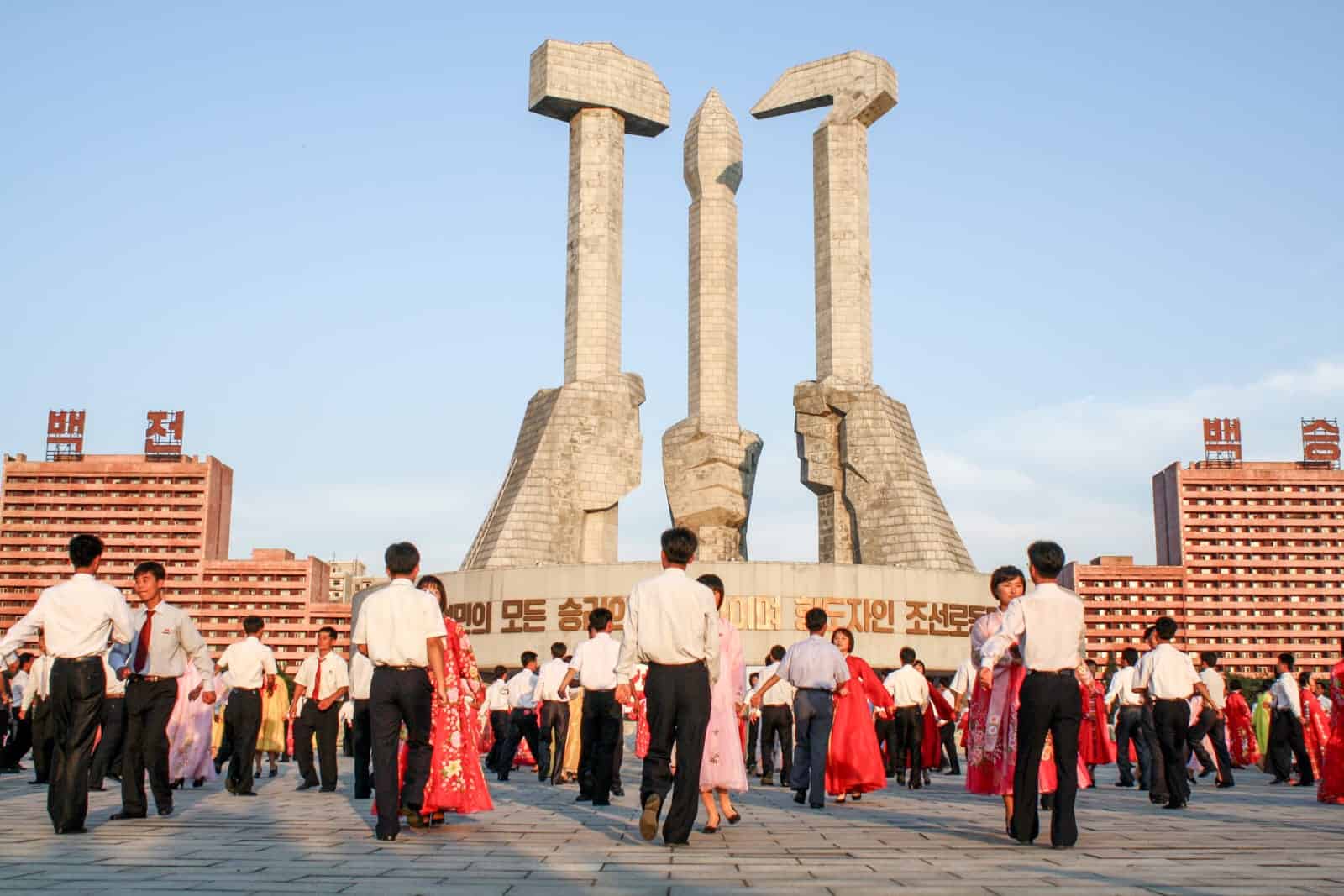
Traveling to North Korea
North Korea is one of the most secluded countries in the world. Its hard regime and strict rules make it almost impossible for its citizen to leave the country. External tourism is allowed but there is a big price to pay. Every tourist who wishes to enter the country must be escorted by a guide, following the rules imposed by the dictator. Once you arrive in North Korea you could be arrested at any time, for whatever reason and without explanation. For this reason, this country is defined as a dangerous location and regarded as an Extreme Tourism destination.
To corroborate this is the tragic real story of Otto Frederick Warmbier who was imprisoned in North Korea in 2016 on a charge of subversion. North Korea’s government tried and convicted Otto to 15 years of prison and hard labor sustaining that the US government had sent him to create despair in the unity of its people. Otto went into a coma because of alleged torture and abuse and he was returned comatose to his family in the US. After a brief time, Otto died at home without ever regaining consciousness.
Do you still want to visit North Korea?
Visiting the Mauthausen Concentration Camp in Austria
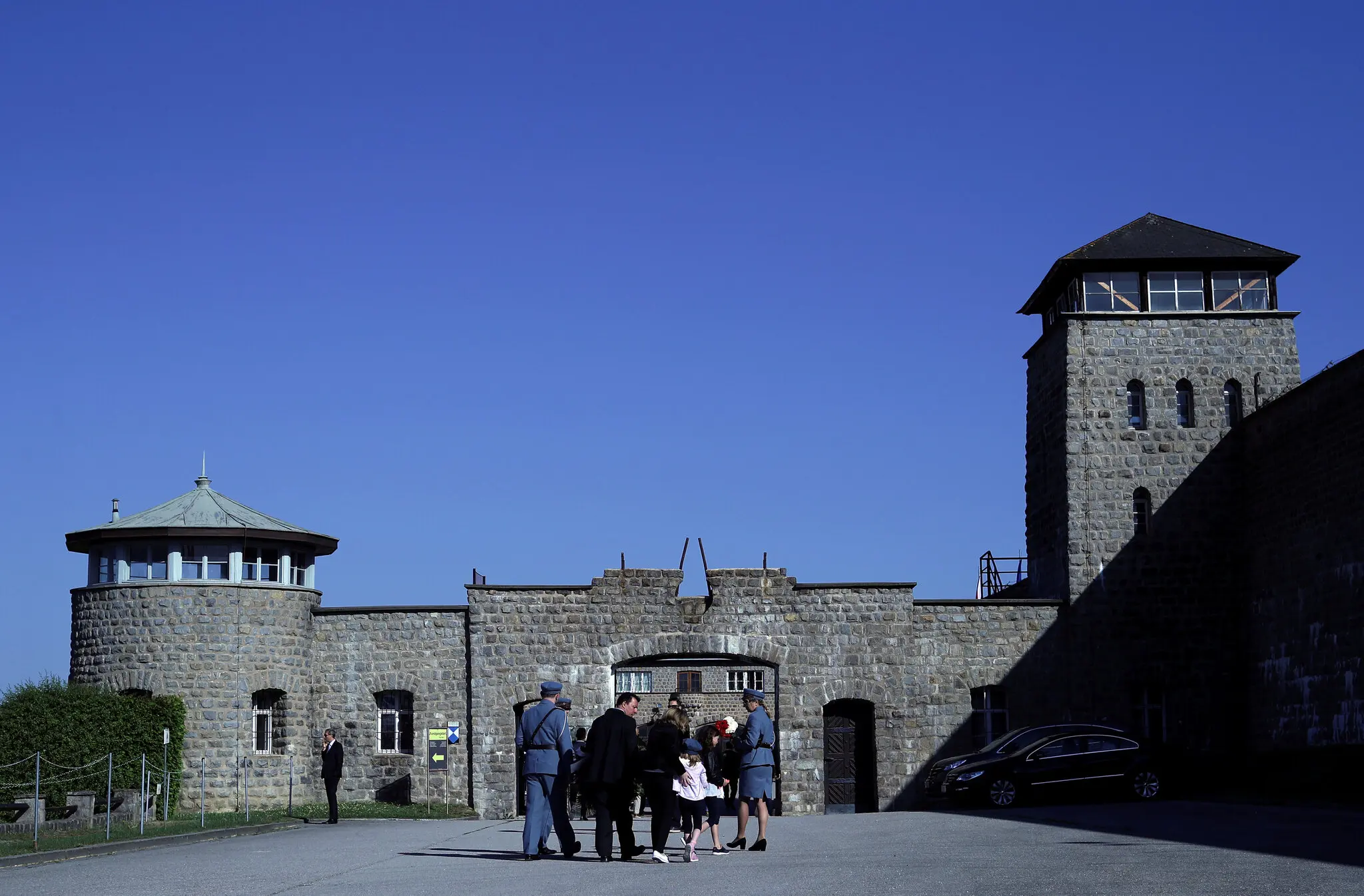
Visiting The Mauthausen Concentration Camp in Austria
To not forget! These words are vital for humanity, but even more for those whose parents and grandparents endured the terrible torture of being locked inside one of these concentration camps. Here: torture, genocide, and unspeakable horrors took place in one of the most atrocious acts that humanity has ever committed: The Holocaust. Mauthausen and Auschwitz concentration camps are among the top ones that tourists visit, most of them to keep those terrible memories alive, but some others just for the feeling of being inside the gas chambers where thousands of people were gassed alive. Auschwitz has also a sign, now historical, which reads ‘Arbeit macht frei’ which means ‘Work sets you free’, implying that the only way to get out of there was by working, and due to the terrible conditions, one would only leave dead.
The Mauthausen main camp operated from 8 August 1938, several months after the German annexation of Austria, to 5 May 1945, when it was liberated by the United States Army. In January 1945, the camps contained roughly 85,000 inmates. The conditions at Mauthausen were even more severe than at most other Nazi concentration camps. Half of the 190,000 deportees died at Mauthausen or its subcamps. Mauthausen was one of the first massive concentration camp complexes in Nazi Germany, and the last to be liberated by the Allies. The Mauthausen main camp is now a museum.
Chernobyl Tours – Ukraine
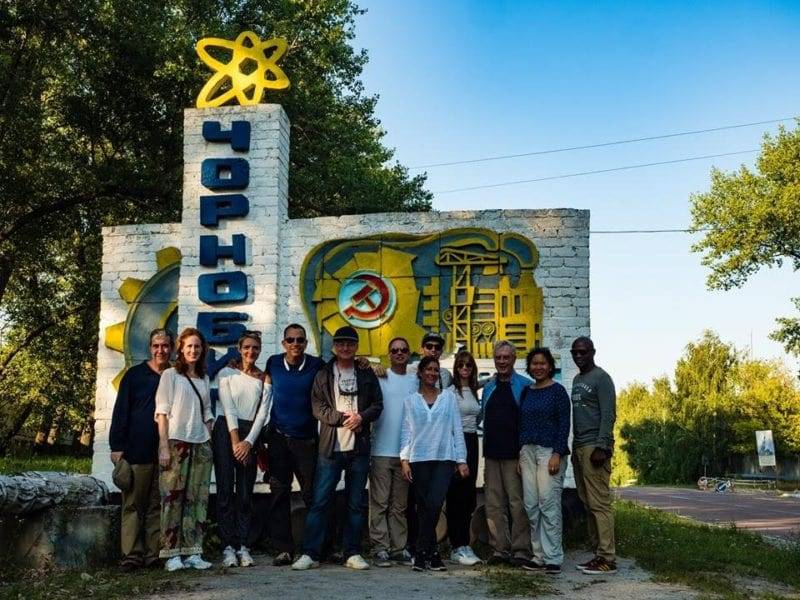
Chernobyl Tours
On April 26, 1986, the N. 4 reactor in the Chernobyl Nuclear Power Plant caused a nuclear disaster, near the city of Pripyat in the north of the Ukrainian SSR in the Soviet Union, resulting in steam explosions and the melting of the reactor core which caused an open-air reactor core fire during which radioactive materials were released and deposited onto other parts of the USSR and Europe. Cheronbyl still poses a threat because of its radiation, nevertheless people from all over the world pay top dollars to go visit the dead city. Tickets can be easily bought on the internet and seem not to mention anything about protective equipment.
Iguazu Falls Argentina & Brazil
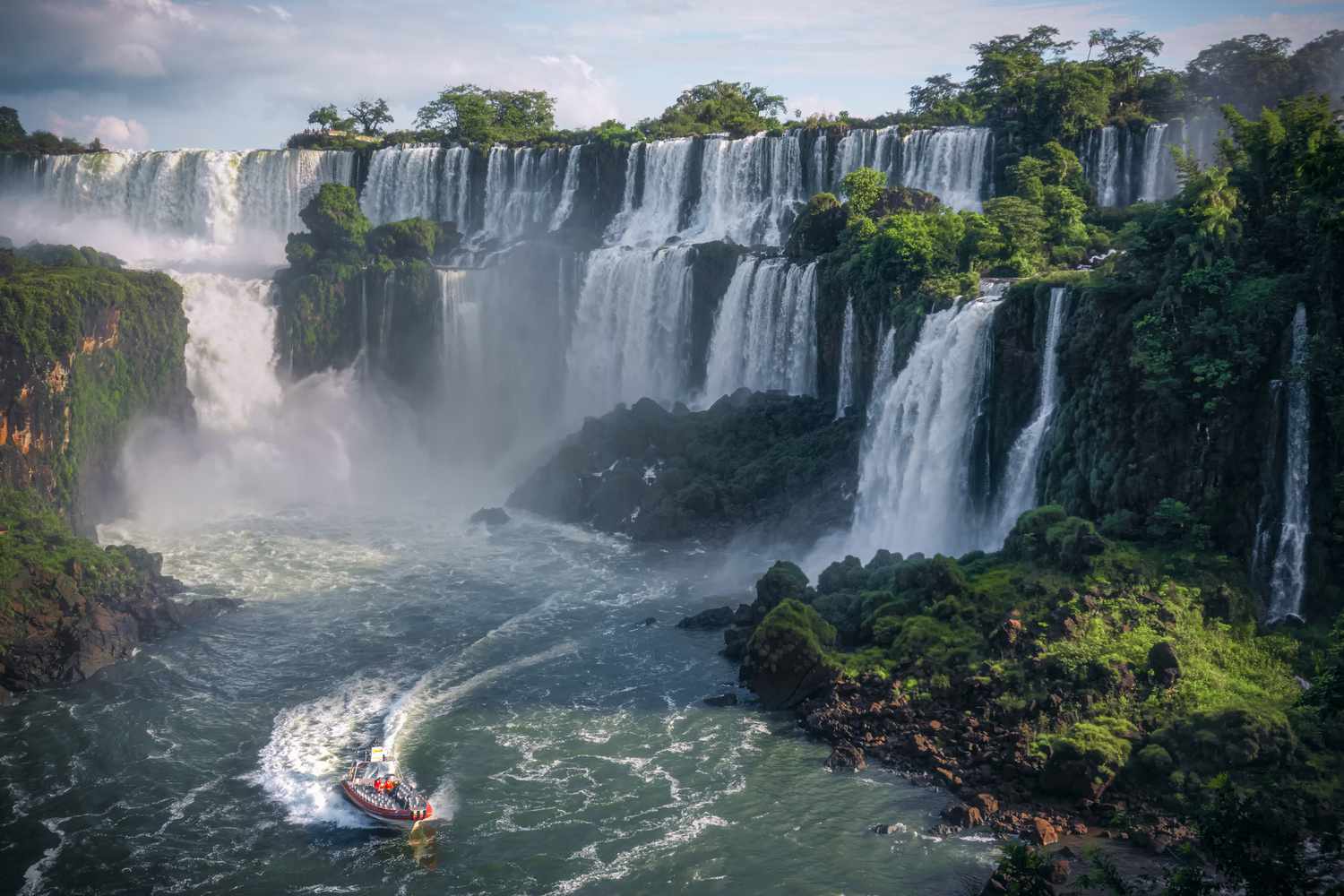
Iguazu Falls Argentina & Brazil
Iguazú Falls are waterfalls of the Iguazu River on the border of the Argentine province of Misiones and the Brazilian state of Paraná. Together, they make up the largest waterfall system in the world. The falls divide the river into the upper and lower Iguazu. The Iguazu River rises near the heart of the city of Curitiba. Many dangerous activities can be performed near this majestic wonder of nature.
In 2022 the body of a Canadian tourist was recovered after a search effort; authorities are unclear if it was suicide or an accident.
Drive up the Most Dangerous Road, the North Yungas Road, in Bolivia
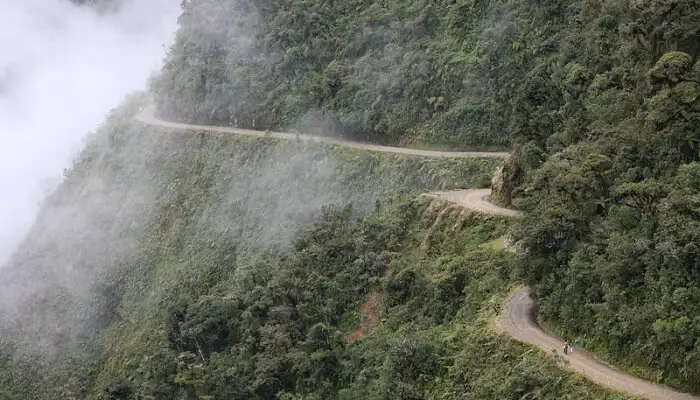
Death Road
The Yungas Road is a cycle route about 60 km long that links the city of La Paz and the Yungas region of Bolivia. It draws about 25,000 tourists per year and is a major La Paz tourist attraction. Among the dangerous activities are downhill mountain biking and cycling.
At least 18 cyclists have died on the road since 1998. The tourist route is a 64 km-long road with 3500 meters of descent. It’s considered dangerous because of its steep slopes, narrow single track, lack of guardrails, rain, and fog, and is nicknamed the “Road of Death”.
The Danakil Desert, One of Earth’s Hottest Locations
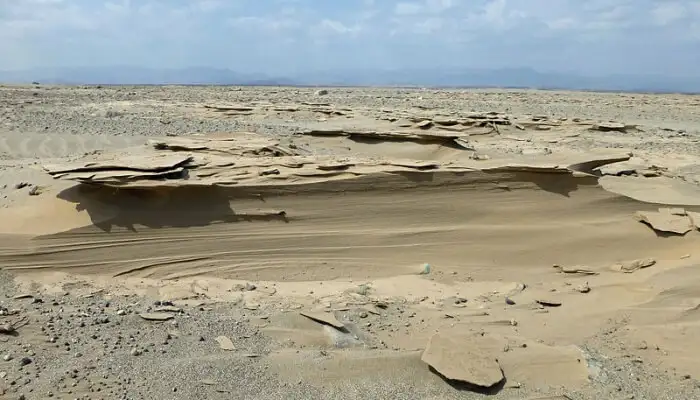
Danakil Desert
The Danakil Desert is a desert in northeast Ethiopia, southern Eritrea, and northwestern Djibouti. Situated in the Afar Triangle, it stretches across 136,956 square kilometers (52,879 sq mi) of arid terrain. It is inhabited by a few Afar, who engage in salt mining. The area is known for its volcanoes and extreme heat, with daytime temperatures surpassing 50 °C (122 °F). Less than 25 mm (1 in) of rainfall occurs each year. The Danakil Desert is one of the lowest and hottest places on Earth.
For those who dare experience it, day trips departing from the town of Wikro typically start around 4 a.m. From there, a four-wheel drive convoy embarks on a three-hour journey down a windy mountainous road across the Ethiopian portion of the Great Rift Valley.
Death Valley
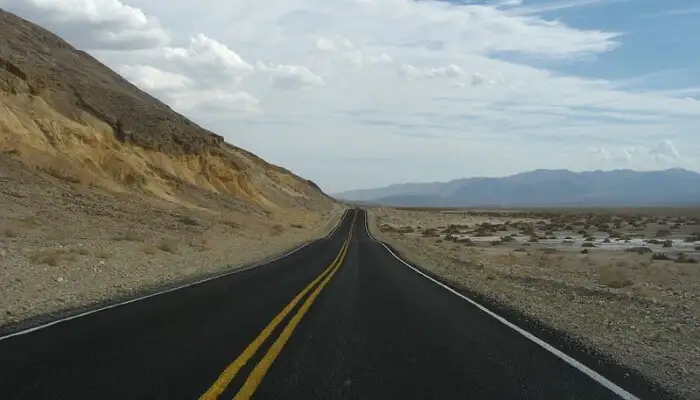
Death Valley
Death Valley is a desert valley in Eastern California, in the northern Mojave Desert, bordering the Great Basin Desert. During summer, it is the hottest place on Earth. On the afternoon of July 10, 1913, the United States Weather Bureau recorded a high temperature of 134 °F (56.7 °C) at Furnace Creek in Death Valley, which stands as the highest ambient air temperature ever recorded on the surface of the Earth.
The disappearance of a family of four and other people found dead in the arid land makes it a very dangerous place to visit.
North Sentinel Island – The Most Dangerous Island on Earth
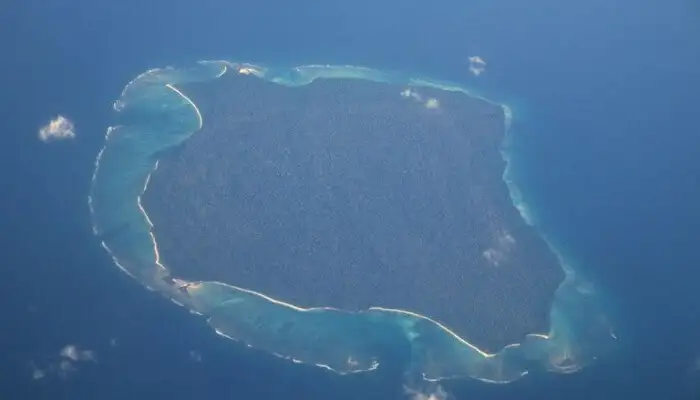
North Sentinel Island
On a secluded island in the Indian Ocean, there’s a tribe of indigenous people that attacks anybody who attempts to visit. The island has been named both the hardest to visit and the most dangerous on the planet. India has banned its citizens from visiting North Sentinel Island or attempting to make contact with the people who live there. Going within three miles of the island is illegal. The Sentinelese people are known for their violence and unwillingness to communicate with any outsiders. Little is known about the square island where they live, largely because it is covered in forest.
Two fishermen who washed up on shore in 2006 were quickly attacked and murdered by the tribe. When helicopters from the Indian Coast Guard fly overhead — whether on reconnaissance missions or dropping off parcels of food for the people — they are met with arrows and stones.
Ilha da Queimada Grande also Known as Snake Island
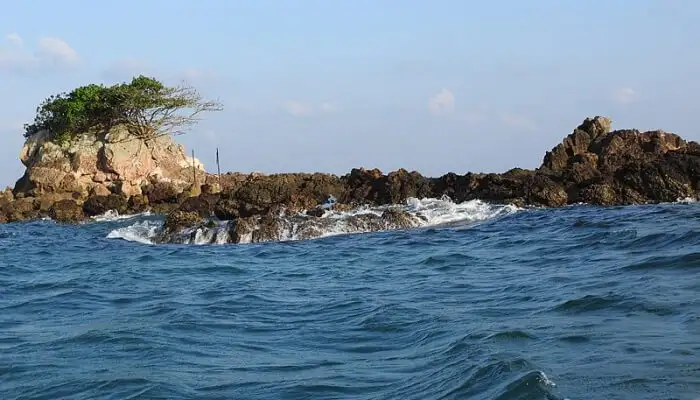
Snake Island
Ilha da Queimada Grande, also known as Snake Island, is an island off the coast of Brazil in the Atlantic Ocean. It is administered as part of the municipality of Itanhaém in the State of São Paulo. The island is small in size, only 43 hectares (106 acres), and has a temperate climate. The island is the only natural home of the critically endangered, venomous Bothrops insularis (golden lancehead pit viper), which has a diet of birds. The snakes became trapped on the island thousands of years ago following the end of the last ice age when rising ocean levels disconnected the island from the mainland. Some estimate there’s one golden lancehead viper in every square meter.
Queimada Grande is closed to the public in order to protect both people and the snake population; access is available only to the Brazilian Navy and selected researchers vetted by the Chico Mendes Institute for Biodiversity Conservation, the Brazilian federal conservation unit.
El Caminito del Rey in Spain
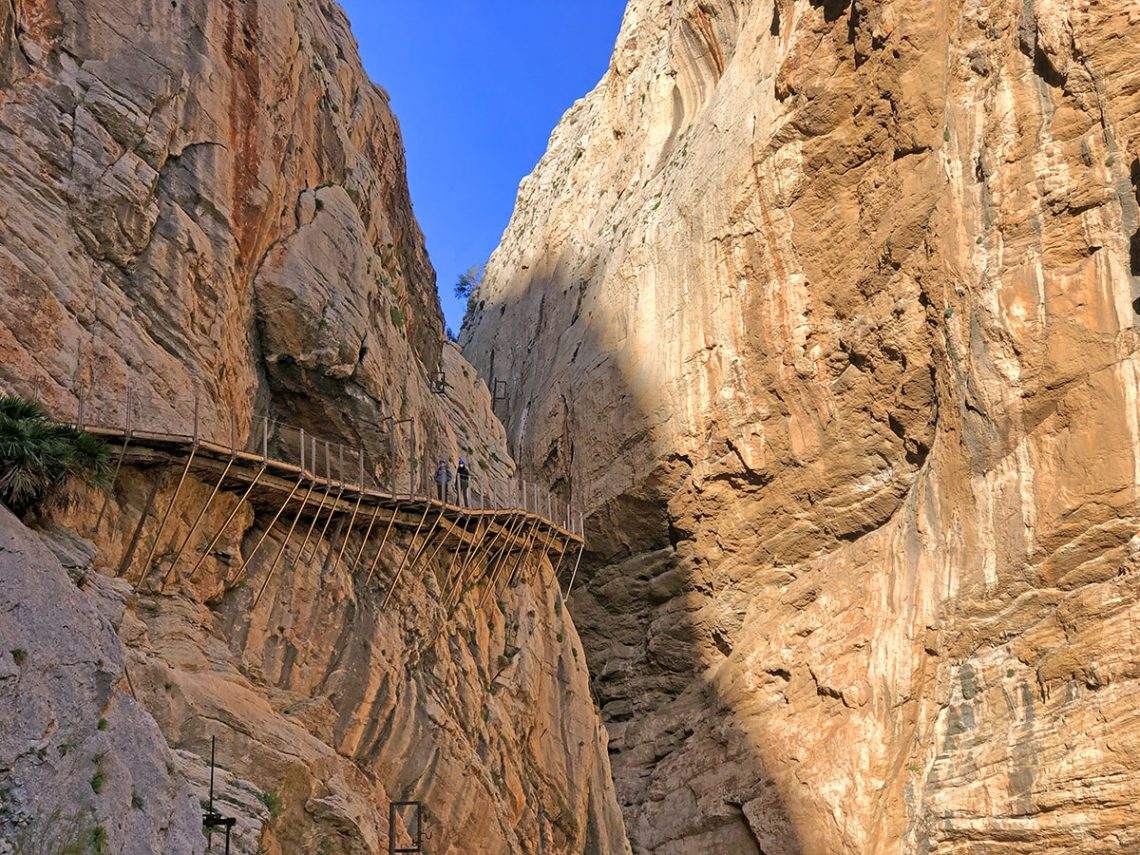
El Caminito del Rey Spain
El Caminito del Rey (The King’s Little Path) is a walkway pinned along the steep walls of a narrow gorge in El Chorro, near Ardales in the province of Málaga, Spain. Its name derives from the original name of Camino del Rey (King’s Pathway), abbreviated locally to el Caminito. The walkway was constructed in the early 20th century, but by the early 21st century, it had fallen into disrepair and was partially closed for over a decade. After four years of extensive repairs and renovations, it re-opened in 2015.
It has been described as the “world’s most dangerous walkway” following five deaths in 1999 and 2000.
Death Road Tour – Bolivia
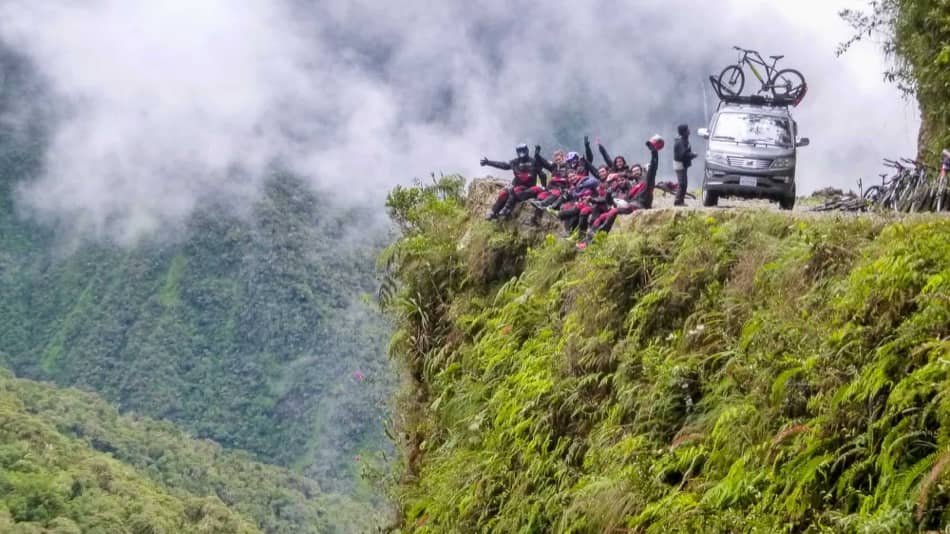
Death Road Bolivia
Death Road in La Paz Bolivia is the name given to the official most dangerous road in the world, Yungas Road. This road stretches about 61 km and covers La Paz to Coroico. It was officially named the world’s most dangerous road in 1995, with an estimated 200 to 300 people killed on this road every year.
Green Zone – Baghdad, Iraq
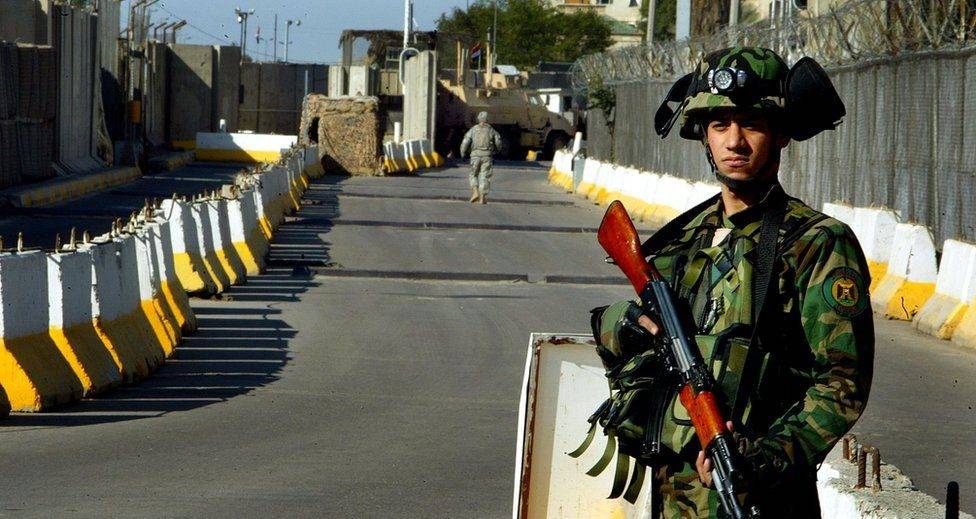
Green Zone
The Green Zone is the epicenter of America’s forces in Iraq. It was a 10-square-kilometer (3.9 sq mi) area in the Karkh district of central Baghdad, Iraq, that was the governmental center of the Coalition Provisional Authority during the occupation of Iraq after the American-led 2003 invasion and remains the center of the international presence in the city. Its official name beginning under the Iraqi Interim Government was the International Zone, though Green Zone remains the most commonly used term.
Sac Actun tours – Riviera Maya, Mexico
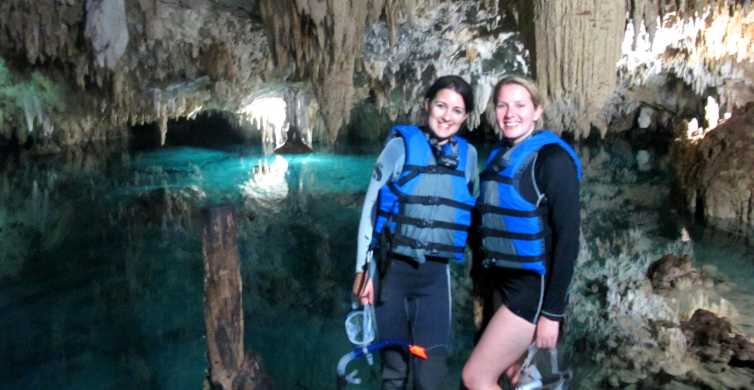
Sac Actun
The Sac Actun system is located 9 miles from Tulum, and its name means “White Cave” in Mayan. There is an underground river hidden under the jungle of the Riviera Maya that is the longest underwater cave network in the world.
Walking the Plank at Mount Hua – China

Plank Mount Hua China
Mount Huashan is one of the 5 Sacred Mountains (or 5 Great Mountains) in China and is located just outside of Xi’an in Shaanxi Province. These mountains are some of the most famous in China and have been the location of imperial pilgrimage by emperors throughout history. The Plank Walk at Mount Huashan in China was deemed ‘The World’s Most Dangerous Hiking Trail’ by internet jurists. Tourists walk a very narrow plank that overlooks a very deep hole in the ground, the dangers are very high.
It is rumored that the total number of deaths on Mount Huashan plank walk is about 100 per year, but it has not been confirmed.
Cave of Swallows – Mexico
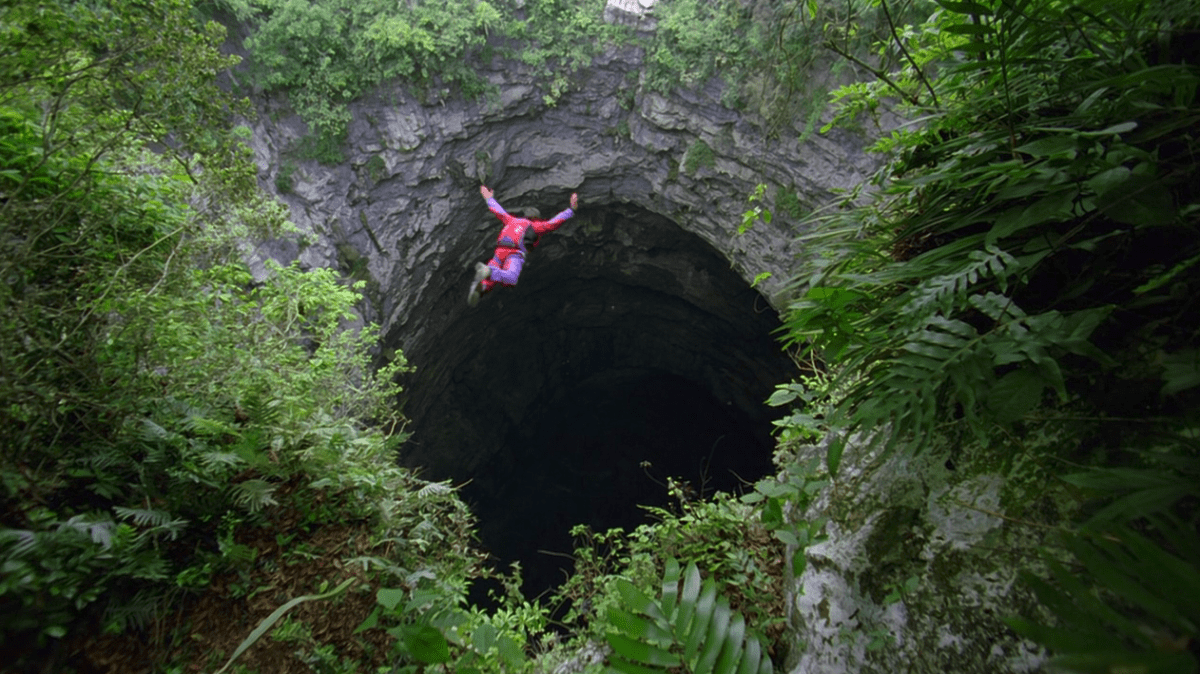
Cave of Swallows
The Cave of Swallows (Spanish: Sótano de las Golondrinas), is an open-air pit cave in the municipality of Aquismón, San Luis Potosí, Mexico. The elliptical mouth, on a slope of karst, is 49 by 62 m wide and is undercut around all of its perimeters, widening to a room approximately 303 by 135 meters (994 by 442 ft) wide. The floor of the cave is a 333-meter (1,092 ft) freefall drop from the lowest side of the opening, with a 370-meter (1,214 ft) drop from the highest side, making it the largest known cave shaft in the world, the second deepest pit in Mexico and perhaps the 11th deepest sheer drop in the world.
The cave is a popular vertical caving destination. Cavers anchor their ropes on the low side, where bolts have been installed in the rock and the area is clear of obstructions. The pit is also popular with extreme sports enthusiasts for BASE jumping.
The Devil’s Pool in Victoria Falls
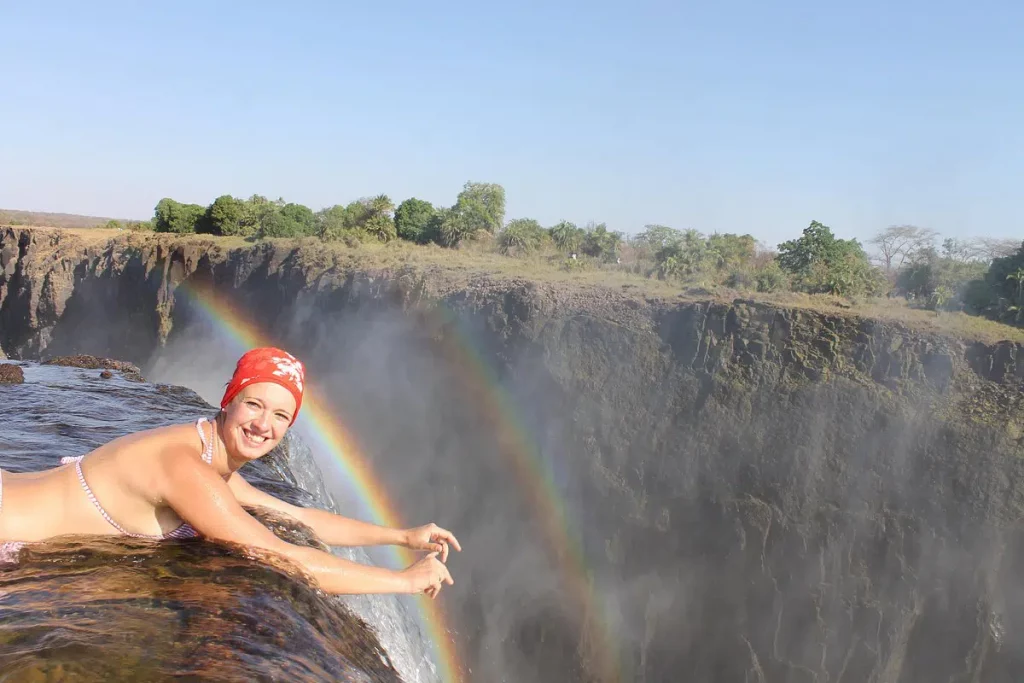
The Devil’s Pool in Victoria Falls
The Devil’s Pool is a natural pool enclosure in the falls that plunges down 108 meters (354 feet) into the falls’ gorge. Called the Devil’s Pool it sits near the drop with a breathtaking view of the side of the falls!
In 2009 a tour guide leading a group of South African visitors fell to his death down the gorge. He was attempting to rescue a tourist who had slipped while swimming in Devil’s Pool and was dangling from the rocks. The tour guide had managed to rescue the visitor from danger, pulling them up back from the brink, only to then slip and fall to his own death. In February 2019, an Israeli tourist drowned while swimming in the Zambezi River, near the mouth of Victoria Falls. His body was discovered floating in the falls’ gorge. The most disturbing recent case occurred in January 2021 when Tinashe Dikinya, a tourist from Zimbabwe, slipped to his death moments after posing for a photo at the edge of the gorge. Dikinya was walking at the rocky cliffs right at the edge of the falls before he slipped and vanished into the waters. The painstaking recovery of his remains summoned the combined efforts of police, air force, and specialist divers. “The number of tourists who die at Victoria Falls over the years is never known because it´s never counted,” says Carter Mavhiza, the tourist boat auctioneer. “Some tourists are solo travelers and we never know what happened to them.”
Pole of Cold – Oymyakon, Yakutia, Siberia
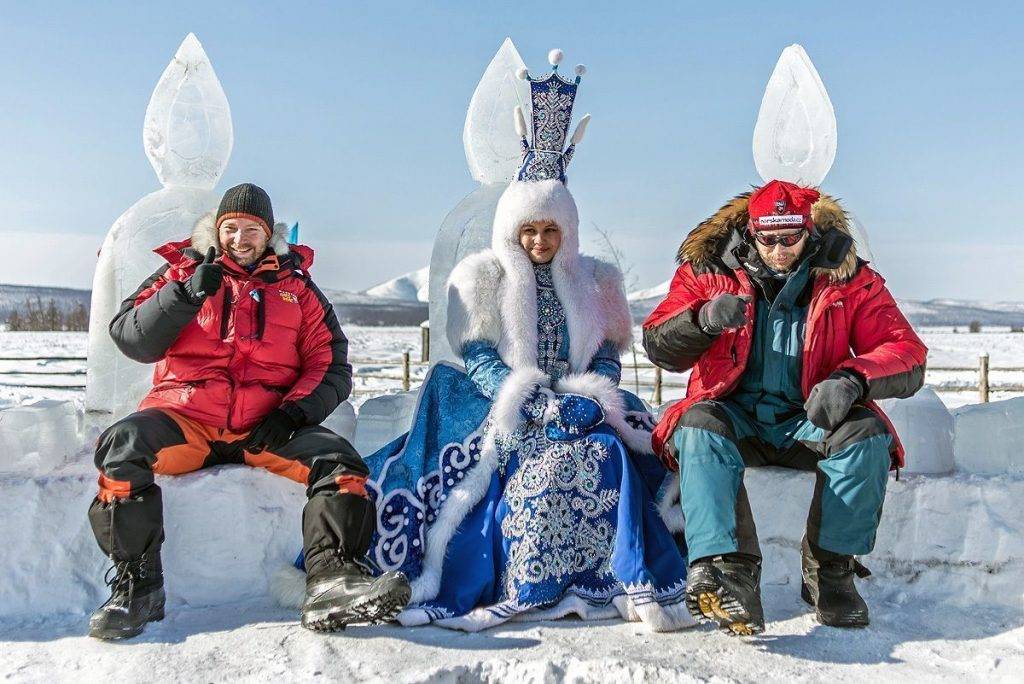
Pole of Cold Oymyakon Yakutia Siberia
Oymyakon is a rural locality in Oymyakonsky District of the Sakha Republic, Russia, located in the Yana-Oymyakon Highlands, along the Indigirka River, 30 km (19 mi) northwest of Tomtor on the Kolyma Highway. By winter average temperatures, it is the coldest permanently inhabited settlement on Earth and is a very challenging location to spend time in.
The Door to Hell: Turkmenistan
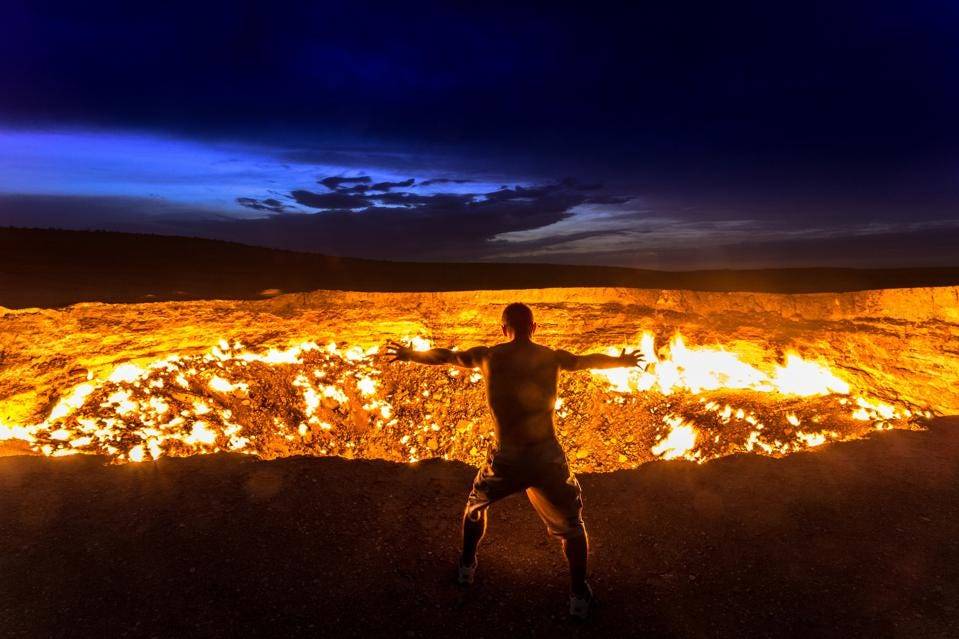
The Door to Hell Turkmenistan
The Darvaza gas crater also known as the Door to Hell or Gates of Hell, is a burning natural gas field that collapsed into a cavern near Darvaza, Turkmenistan. Accurate records of how the crater ignited have not been discovered, and some facts are disputed. One of the more popular theories is that Soviet geologists intentionally set it on fire in 1971 to stop the leaking of methane gas, and it is thought to have been burning continuously ever since. Its diameter is 69 m (226 ft), and its depth is 30 m (98 ft). The crater has become a popular tourist attraction. The surrounding area is also popular for wild desert camping.
The Need for Adrenaline and Thrill
Why do certain people want to visit these places? I understand when it comes to visiting places that are sites of brutal murders and military atrocities: such as concentration camps. These visits can help the younger generation realize the gravity of what happened: remembering so it will never happen again. But why risk your life, to visit dangerous places, just for the sake of doing it?
Multiple studies have proved the inner need for humans to feel the thrill of a dangerous situation. Feeling the over-the-edge sensation that occurs in situations that can potentially lead to a catastrophic outcome. Not everyone is a thrill-seeker in this way and fortunately, other people recur to more normal thrilling activities to satisfy their thirst for over-the-edge activities.
If you liked this editorial, don’t forget to check out more here!


